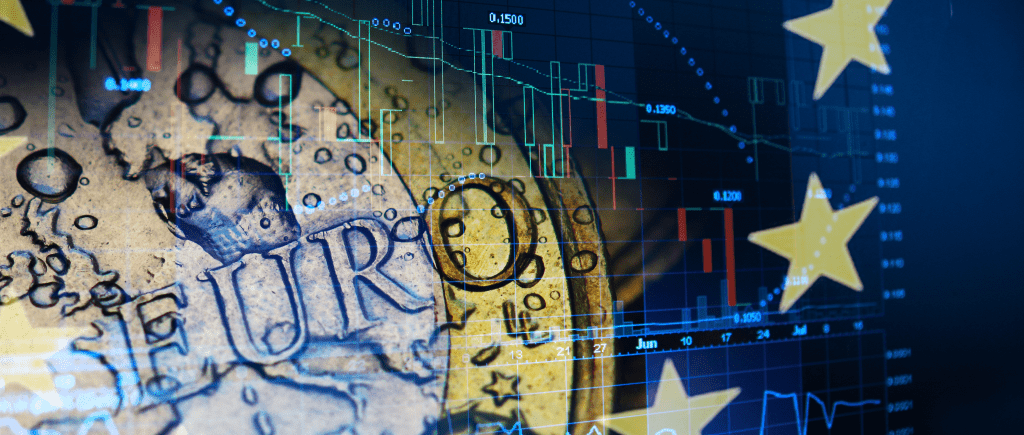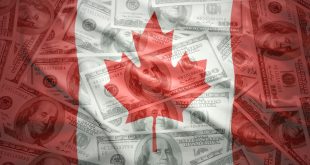The European Central Bank (ECB) is poised to reduce its deposit rate by 0.25 percentage points to 2% on June 5, 2025, marking its eighth cut in the current easing cycle. Eurozone inflation, at 1.9% in May, has dipped below the ECB’s 2% target, driven by falling energy prices and a sharp decline in services inflation to 3.2% from 4.0%. This disinflationary trend, coupled with modest economic growth, supports expectations for further easing. However, swap markets suggest only a 50% chance of an additional cut in September, with a potential pause thereafter, as the ECB navigates a neutral policy stance where rates neither stimulate nor restrain growth.
ECB’s Next Move; A Likely Rate Cut: Resilience Amid Trade Tensions
Despite threats from U.S. President Donald Trump’s proposed 50% tariffs on EU goods, delayed until July 9, the eurozone economy shows resilience. First-quarter 2025 GDP grew by 0.3%, surpassing expectations, with Germany expanding by 0.4%. Fiscal stimulus, particularly in Germany, and improving manufacturing PMI (49.4 in May) signal a brighter outlook. ECB President Christine Lagarde projects GDP growth of 1.1% for 2025, up from 0.9%, with inflation forecasts likely to be revised downward. Yet, trade uncertainties and geopolitical tensions pose risks, potentially pushing prices higher in the long term due to tariffs, deglobalization, and defense spending.
The Euro’s Global Ambition
Lagarde sees a “global euro moment” amid U.S. policy volatility, with the dollar’s share of global reserves dropping to 58% while the euro holds 20%. Some economists argue that “the euro is the most liquid alternative to the dollar,” making it a strong contender to gain influence as investors reassess dollar exposure. A stronger euro could lower borrowing costs and insulate the eurozone from external pressures. However, achieving this requires deeper capital markets, greater political unity, and enhanced geopolitical influence. Challenges include fragmented eurozone bond markets and reluctance to mutualize debt, which limits liquidity compared to the U.S. A stronger euro could also harm export-driven economies like Germany by appreciating the currency, complicating Lagarde’s vision.
Implications for Investors
Rate cuts typically boost equity markets, and a 2% deposit rate could further lift European stocks, especially as business confidence recovers. In bond markets, lower rates increase bond prices, making existing high-yield bonds attractive. Borrowers benefit from cheaper loans, but savers face lower returns on deposits. The ECB’s cautious approach—balancing short-term disinflation with long-term trade risks—suggests a measured pace for future cuts, likely pausing after June to assess global developments.
The eurozone stands at a crossroads: rate cuts offer immediate relief, but structural reforms are critical to capitalize on global shifts. Bold steps toward unity and market depth could position the euro as a stronger global player, but the path is fraught with economic and political hurdles.

 Noor Trends News, Technical Analysis, Educational Tools and Recommendations
Noor Trends News, Technical Analysis, Educational Tools and Recommendations




